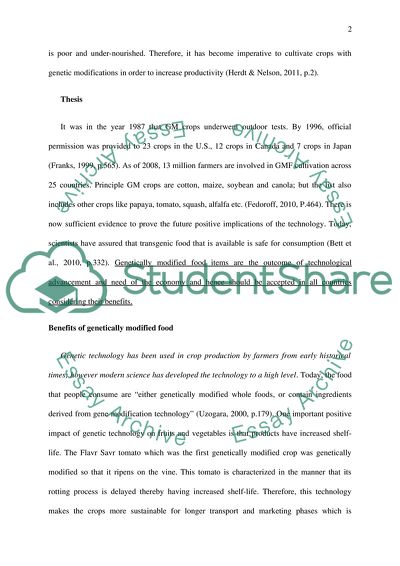Cite this document
(Advantages of Genetically Modified Food Assignment, n.d.)
Advantages of Genetically Modified Food Assignment. https://studentshare.org/health-sciences-medicine/1832286-support-or-against-of-your-choice-about-genetic-modified-food
Advantages of Genetically Modified Food Assignment. https://studentshare.org/health-sciences-medicine/1832286-support-or-against-of-your-choice-about-genetic-modified-food
(Advantages of Genetically Modified Food Assignment)
Advantages of Genetically Modified Food Assignment. https://studentshare.org/health-sciences-medicine/1832286-support-or-against-of-your-choice-about-genetic-modified-food.
Advantages of Genetically Modified Food Assignment. https://studentshare.org/health-sciences-medicine/1832286-support-or-against-of-your-choice-about-genetic-modified-food.
“Advantages of Genetically Modified Food Assignment”. https://studentshare.org/health-sciences-medicine/1832286-support-or-against-of-your-choice-about-genetic-modified-food.


